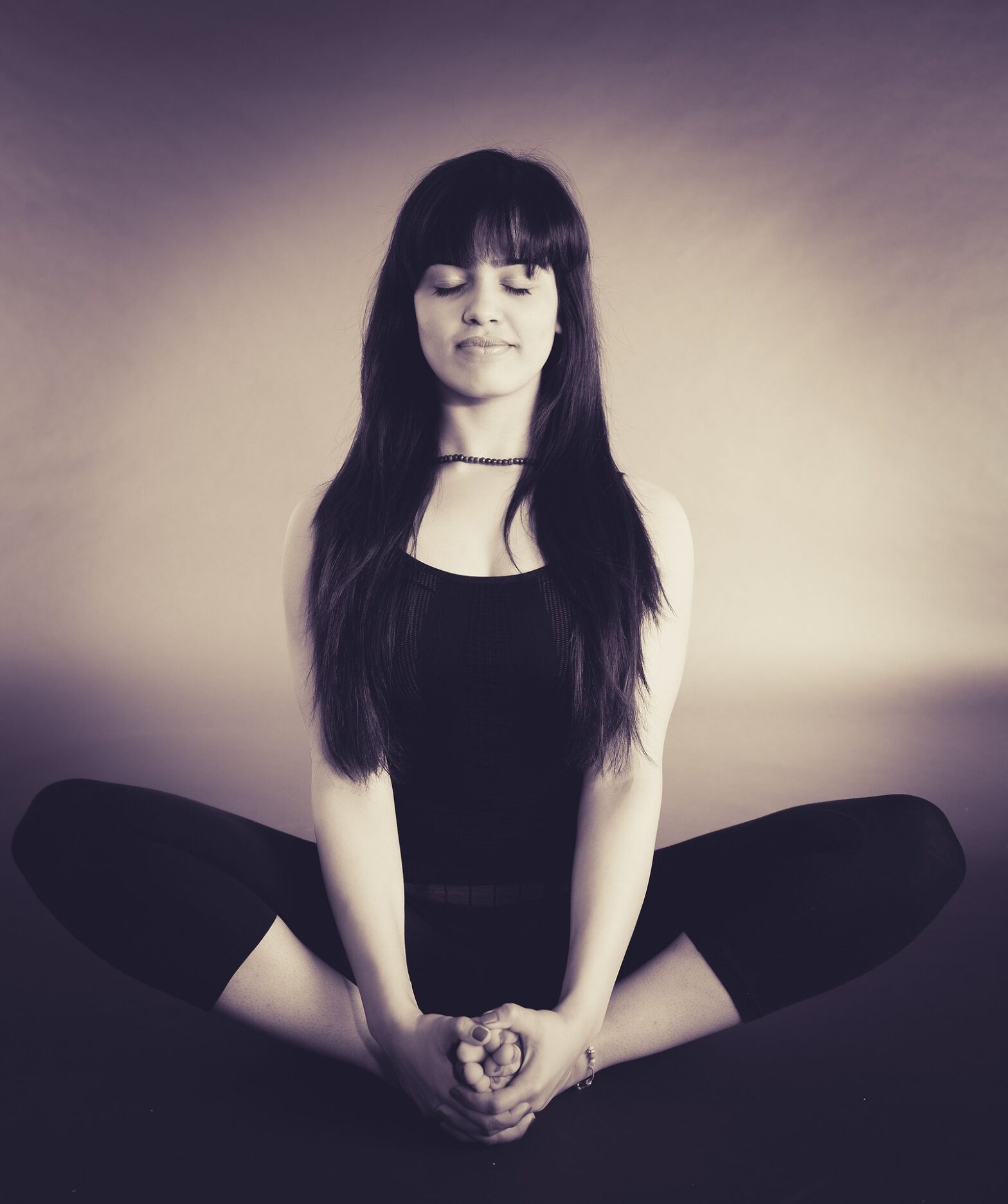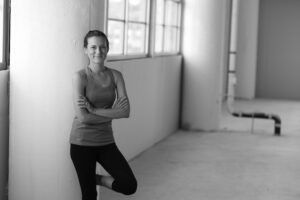Yoga & Infertility

I can’t believe how long it’s taken me to write a yoga post.
Yoga is a huge part of my life. Like, a really huge part. I’ve been practicing yoga since 1998. Since then I’ve been amazed at how many styles and approaches there are, and I’ve tried most of them, including sivananda, Iyengar, integral, vinyasa flow, restorative, hot yoga. I’ve also taken yoga-oriented vacations, travelling for yoga retreats.
I credit yoga for singlehandedly getting me off the couch in my late 20s (have I mentioned I don’t like to exercise?). After trying aerobics, racquetball and softball, and not sticking with any of them, the accessibility of yoga fascinated me. It wasn’t intimidating, and I loved that it emphasized mental awareness and spirituality, in addition to the physical postures. It was a form of movement that I felt like I could actually do in a sustainable way – and, almost 20 years later, I guess I was right!
Later, when I got into running, I credit yoga for enabling me to train for my marathons. Yoga was probably the best type of cross-training for me, since my flexibility is weak to begin with. The postures helped keep my joints and muscles loose even though running tightened them so much.
Yoga also gave me the confidence and the courage to try new things. Somehow, standing on your head for 5 minutes makes you feel totally invincible. Before I started practicing yoga, I wouldn’t even go to a movie by myself. Now, I’ve travelled alone to foreign countries, taken up new hobbies, and started my fertility coaching business.
So it’s not surprising that when I started down the path of trying to conceive and learning that my fertility was compromised, I turned to yoga to help me stay healthy for the fertility journey.
I was fortunate in that I already had a well-established yoga practice. But you can still reap the benefits of yoga even if you’re just getting started with the practice. That’s one of the most awesome things about yoga, in fact – you start wherever you are.
Don’t just take my word for it, though. This week I’ve teamed up with Angelyn Shapiro, a yoga instructor in Washington, DC, who teaches classes and workshops specifically for women trying to conceive, to give you a solid primer on developing a yoga practice to support you on your fertility journey.
Angelyn’s General Rules of Thumb
- Focus on a more slow moving, meditative practice rather than a rigorous approach while trying to conceive, as the former enables you to tune into your body and let go of the stress and anxiety that so often accompany the infertility journey. I couldn’t agree more with Angelyn on this one. When I was trying to conceive, taking medication, enduring IUI treatments, and feeling stressed, it made more sense to embrace a form of exercise that was more gentle.
- Yoga can be immensely beneficial while trying to get pregnant because the poses can target specific areas of the body relevant to reproduction. Poses can also stretch and relax tight muscles and connective tissue, improving circulation and blood flow to the reproductive organs and throughout the body.
Angelyn outlines the benefits of different types of yoga postures —
- Seated postures can help soothe the nervous system, increase flexibility, direct blood flow to the body’s reproductive center, and calm the mind.
- Forward folds release the major muscle groups of the back and can shift the body to the parasympathetic nervous system, activating the “relaxation response,” which reduces the physiological effects of stress.
- Hip opening postures target the muscles and connective tissue surrounding the reproductive organs
While Angelyn emphasizes that there are no “silver bullets” when it comes to getting pregnant – practicing no yoga posture can guarantee that it will happen – certain poses are great to incorporate into your practice because of the immense support they can offer.
Pose 1. Butterfly (Baddha Konasana variation)
This pose comes from the yin tradition, which emphasizes longer holds and aims to target the deeper connective tissue beneath the muscles.
How to do it: From a seated position, bring the soles of the feet together, and rest your hands on your shins. Drop your chin to your chest, and allow yourself to fold forward with a rounded spine. For additional support, you can rest your head on your feet or a block. (Hold for 3-5 minutes)
Pose 2. Goddess (Utkata Konasana)
This pose stretches the hips and pelvic region while strengthening the major muscle groups of the legs. Longer holds of this pose will really challenge you to tap into and experience your inner strength.
How to do it: From standing, step feet 3-4 feet apart and turn them roughly 45 degrees out. Bend knees to align them over the ankles, working to bring thighs parallel to the floor. Lift elbows to shoulder height, extending fingers toward the sky with palms facing forward. (Begin by holding for 10 breaths, then rest and repeating up to five times. Gradually extend the length of each hold to one full minute)
Pose 3. Yogic Squat (Malasana)
A hip opener, this pose stimulates the downward-flowing energy that’s most active in the pelvic and lower abdominal regions and regulates eliminative functions, including menstruation. This pose has a great grounding quality.
How to do it: Start standing with feet hip distance apart. Lower your hips to a squat. If heels lift away from the mat, you can support them with a blanket, or step feet farther apart. Bring palms together and press elbows against your inner thighs. (Begin by holding for 10 breaths, then rest and repeat up to five times. Gradually extend the length of each hold to one full minute)
Pose 4. Supported Bridge (Setu Bandha Sarvangasana)
This pose helps stimulate the parasympathetic nervous system and can reduce anxiety and fatigue. It also stimulates the abdominal organs.
How to do it: Lay on your back with feet on the floor, hip-distance apart with toes pointed forward. Tilt your pelvis to lift the hips away from the floor, and place a block beneath your sacrum. (Hold for 3-5 minutes)
Pose 5. Reclined Bound Angle Pose (Supta Baddha Konasana)
Both a gentle hip opener and a supported posture, this is a great pose to end your practice session. It is an excellent posture for meditation and breathing exercises and will really help you let go and release.
How to do it: Lay on your back with knees bent and the soles of the feet together (similar to butterfly). Let your hands rest on your belly, and feel it rise and fall with each breath. For additional support, place a bolster, pillow, or rolled up blanket beneath your spine and another beneath each knee. (Hold for 5-15 minutes)
I’d love to hear how incorporating these poses into your day makes your feel, both physically and mentally. Give it a try and leave a comment below!
Namaste,
Stephanie xoxo



